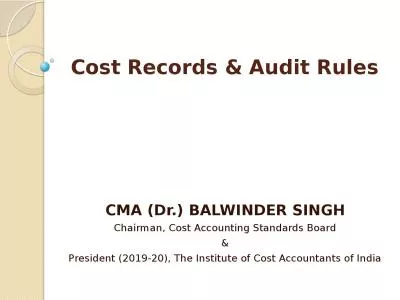PPT-Companies (SBO) Rules, 2018
Author : wilson | Published Date : 2023-11-06
Pune Chapter of WIRC of ICSI Kothrud Study Circle March 30 2019 1 Section 89 Ostensible Owner and Beneficial Owner When the name of a person is entered in the
Presentation Embed Code
Download Presentation
Download Presentation The PPT/PDF document "Companies (SBO) Rules, 2018" is the property of its rightful owner. Permission is granted to download and print the materials on this website for personal, non-commercial use only, and to display it on your personal computer provided you do not modify the materials and that you retain all copyright notices contained in the materials. By downloading content from our website, you accept the terms of this agreement.
Companies (SBO) Rules, 2018: Transcript
Download Rules Of Document
"Companies (SBO) Rules, 2018"The content belongs to its owner. You may download and print it for personal use, without modification, and keep all copyright notices. By downloading, you agree to these terms.
Related Documents

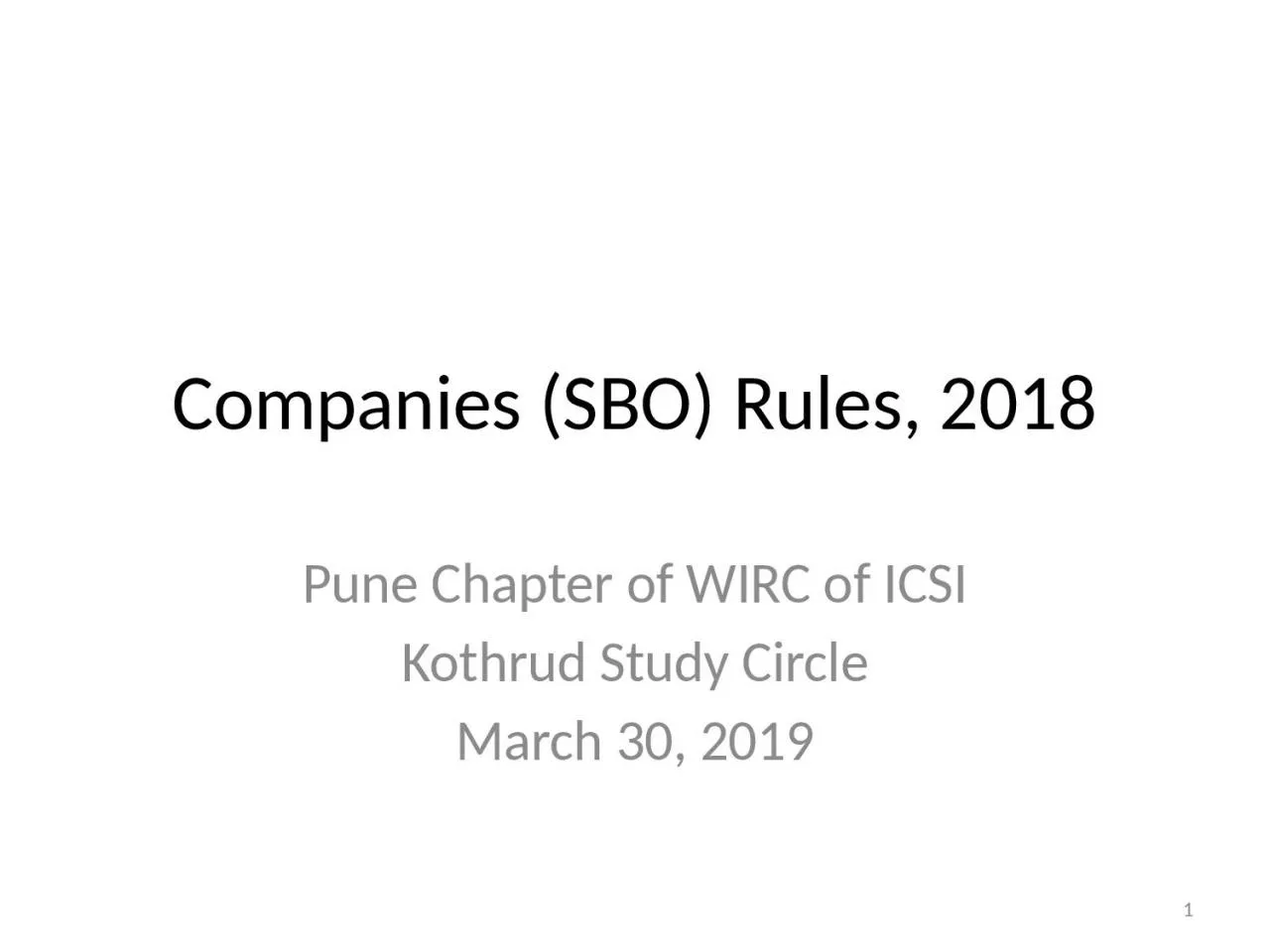
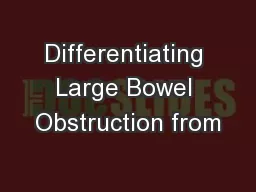

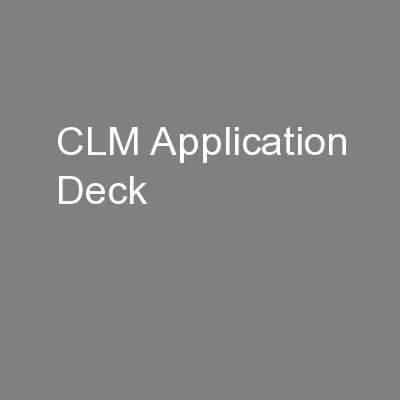
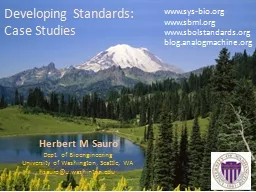
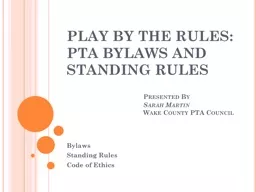
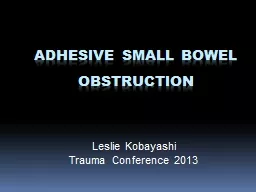

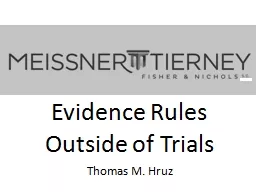
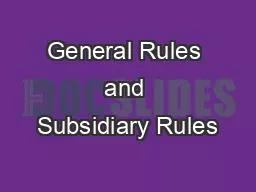
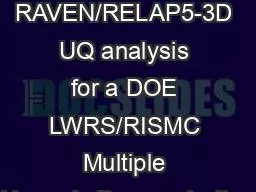
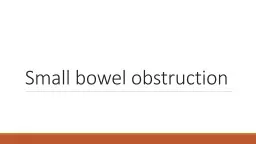
![[PDF] DOWNLOAD Offshore Companies: How To Register Tax-Free Companies in High-Tax Countries](https://thumbs.docslides.com/1017617/pdf-download-offshore-companies-how-to-register-tax-free-companies-in-high-tax-countries.jpg)
